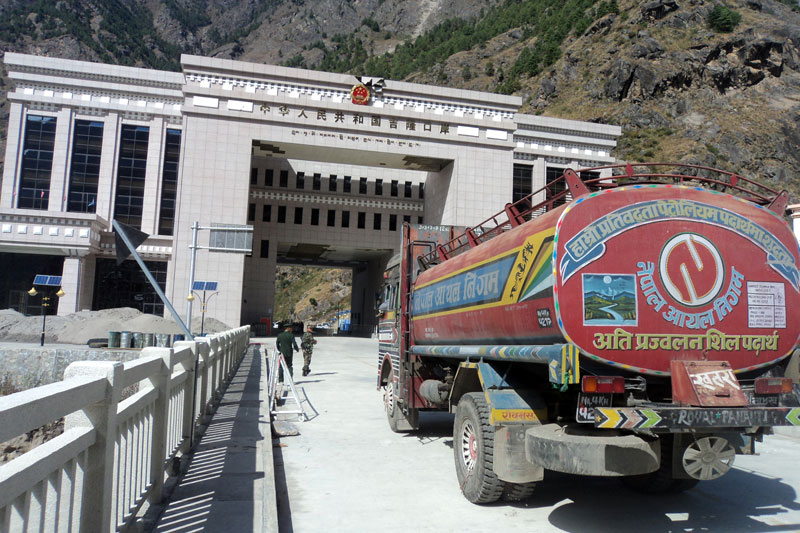SAFTA meet likely next month
The Himalayan Times | 25 March 2016
SAFTA meet likely next month
The ministerial council meeting of South Asian Free Trade Area (SAFTA) has been proposed for the second week of April, in Kabul of Afghanistan.
Till date, only two member states namely, Bhutan and Pakistan, have registered confirmation among the eight member states, according to the SAARC Secretariat in Kathmandu. This is the ninth series of meeting of the commerce ministers of South Asian nations. The eighth meeting was hosted by Bhutan in July 2014.
The commerce ministers will discuss on enhancing intra-SAARC trade flows under SAFTA and vision for further trade liberalisation by reducing non-tariff and para-tariff barriers, reduction of sensitive lists and implementation of SAARC Agreement on Trade in Services (SATIS). Finalisation and endorsement of SAARC Agreement on Promotion and Protection of Investments and Motor Vehicles and Railways Agreements are also on agenda for this meeting. There is also an agenda for implementation of a common South Asian regional standard and establishment of SAARC CEO Forum.
Though SAFTA has envisaged moving towards South Asian Economic Union in the longer term, the bleak status of current intra-regional trade and investment relation are not encouraging and it may be difficult to achieve this target. The intra-regional trade of South Asia stands at just five per cent on the share of intra-regional trade in overall trade in South Asia. Similarly, foreign direct investment is also dismal. The intra-regional FDI flow stands at around four per cent of the total foreign investment.
Over 50 per cent of intra-regional imports are on the sensitive list shielded from tariff cuts. The issue of reducing sensitive list has always been a burning issue during SAFTA ministerial council meetings but progress on this front has been very slow. It is reported that more than 85 per cent of non-tariff barriers in South Asia are accounted for by technical barriers and sanitary measures.






